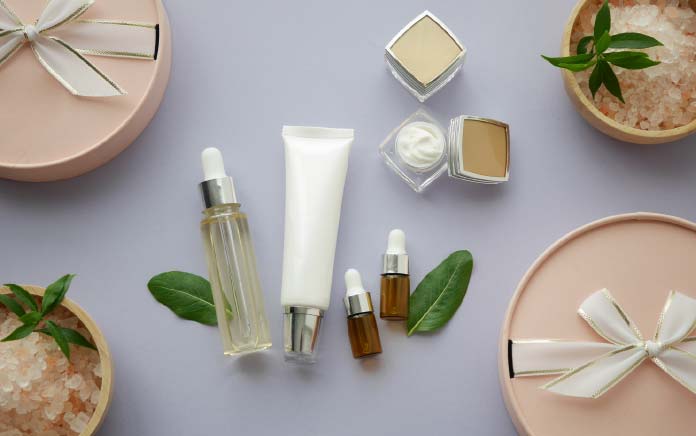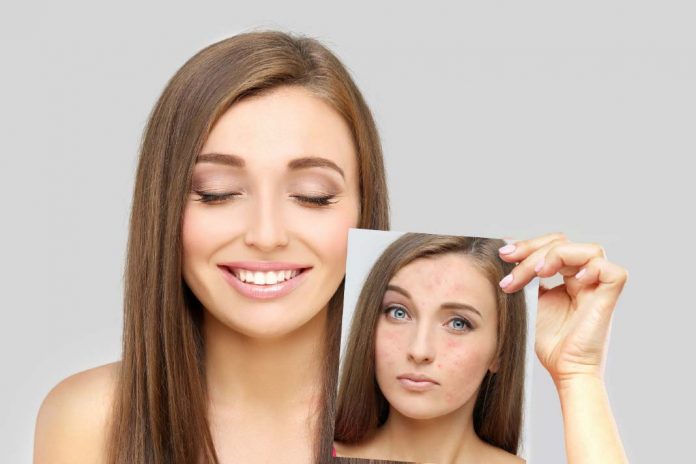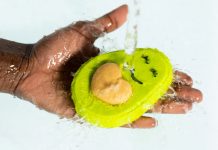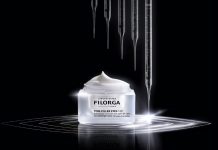A how and why to use face acids.
Yes, there are acids for your face. No, not the ones from back in chemistry class, with their snaking fumes and repugnant odours. We’re talking chemical exfoliants that react with the skin to loosen up dead cells and other trapped gunk revealing smooth, glowing, baby-soft skin.
Of course, there’s your trusty walnut scrub, but a physical exfoliator just cannot beat the uniform results of a chemical one, not to forget that grainy scrubs can leave delicate facial skin with micro-tears.
Play with the strength and concentration of various facial acids to either get a mega dose in a peel (to be done at the dermatologist’s, very sparingly), or a mini dose to be used in everyday cleanser, serum or toner.
Alpha hydroxy acids (AHAs) are water soluble and can fix texture, pigmentation, pores or a lacklustre complexion. Beta hydroxy acids (BHAs), are oil-soluble and can dive deep into pores to banish the blemishes. Take your pick depending on what your skin needs most.
 Glycolic Acid – Naturally found in sugarcane, tomatoes, pineapples and papaya, this popular AHA has the smallest molecular structure compared to its peers, and penetrates the skin for deeper exfoliation. It can smooth the skin, while reducing fine lines, hyperpigmentation, dark spots and uneven skin tone, and is touted to be the gold standard of chemical exfoliation.
Glycolic Acid – Naturally found in sugarcane, tomatoes, pineapples and papaya, this popular AHA has the smallest molecular structure compared to its peers, and penetrates the skin for deeper exfoliation. It can smooth the skin, while reducing fine lines, hyperpigmentation, dark spots and uneven skin tone, and is touted to be the gold standard of chemical exfoliation.
Lactic Acid – A mild exfoliator with larger molecules, it’s most agreeable to beginners and those with sensitive skin. Found in yogurt and some fruit sugars, it’s ideal for eliminating acne, discolouration and diminishing wrinkles, but without any irritation.
Salicylic Acid – A BHA, found in willow bark, it will exfoliate the top layer and also target the sebaceous glands down in the pores, clearing the blocks that create whiteheads and blackheads as well as helping fade the pink marks left over from old pimples.
Mandelic Acid – Derived from bitter almonds, this is an exfoliating agent that’s less irritating to the skin, it is commonly recommended in peels instead of glycolic acid.
Kojic Acid – Produced by bacteria used in the fermentation of rice, it’s a popular ingredient in Asian skincare products thanks to its whitening and anti-aging properties. It’s very irritating to skin – but also very effective.
Ascorbic Acid – This is the most stable and effective form of vitamin C in skincare, found in, you guessed it – citrus fruit. As a serum, it is most effective as an anti-oxidant to penetrate the skin barrier to fight premature lines and ageing.
Hyaluronic Acid – This will hydrate the skin to give it a plump, healthy look. It draws moisture to the skin for a glowing look through the day, and can sooth and smooth the skin.




































